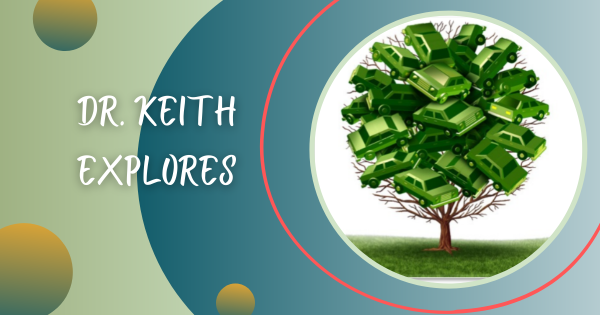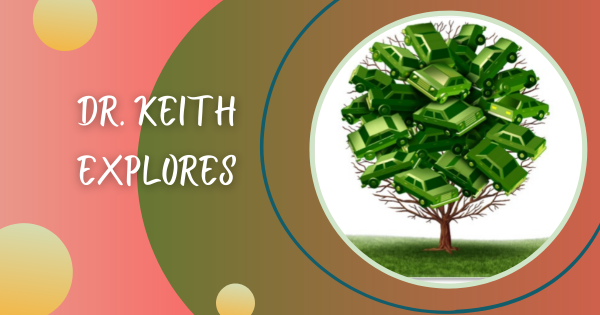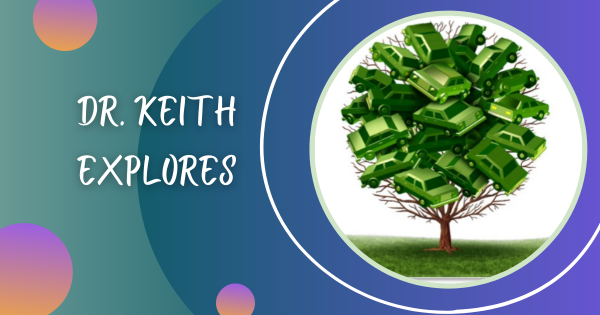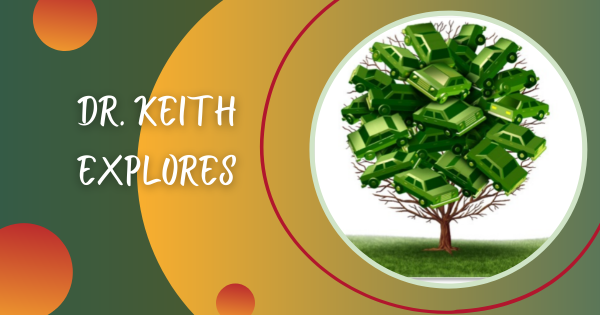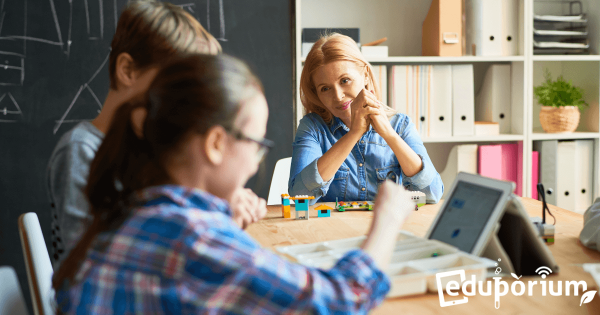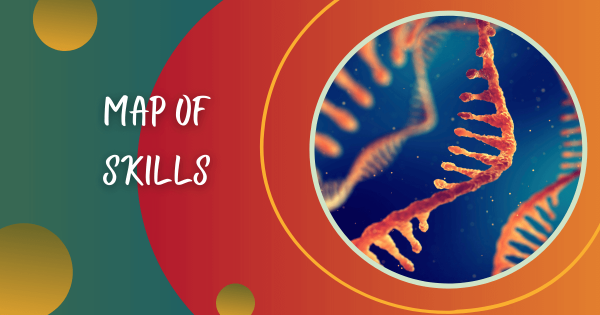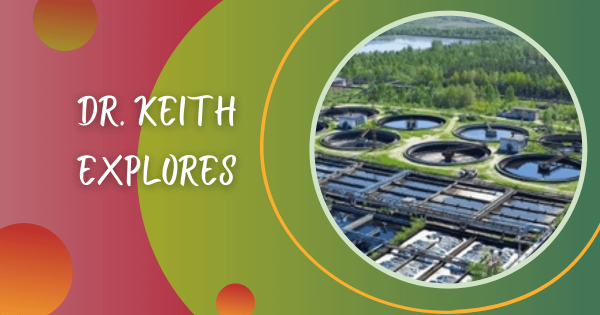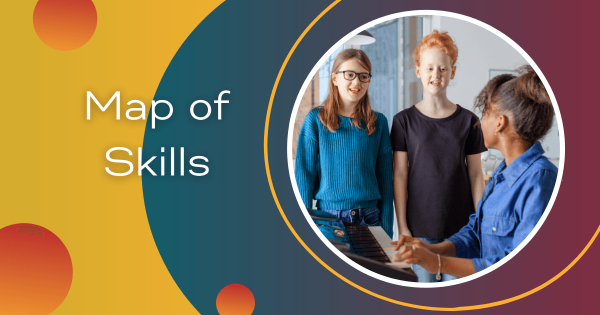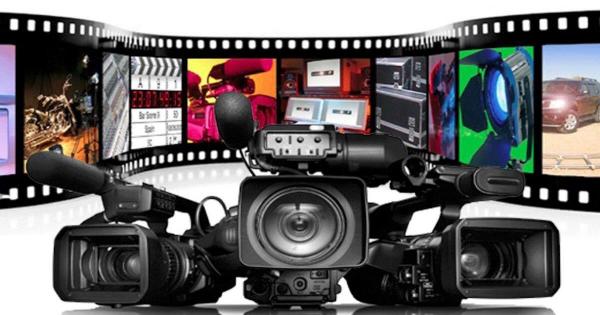We have looked at some of issues that school children may face if they use the bus or train to get to school. Some children commonly use two other ways to get to school. Sometimes the school is close enough for students to walk from home to school. Here are some activities that you and your friends can do.
STEAM
A broadened area branching out from STEM education, STEAM typically refers more to the creative side of things. STEM stands for Science, Technology, Engineering, and Math, which also happen to encompass some of the most prominent careers today. If we add an 'A' to make it STEAM, however, now we're incorporating art as well. Though not super closely related to science and technology on the surface, the arts may seem to be a strange element to add into STEM learning. With more opportunities to be creative, however, students can develop many of the key skills they'd need for success in a STEM career. STEAM learning encompasses many different areas—from artistic projects or makerspace endeavors to creatively solving problems. As kids try new, hands-on experiences, they also have more chances to activate inquiry and curiosity. And, these are two key drivers of learning and discovery.
Essentially, moving from STEM to STEAM involves adding extra creativity and opportunities for artistic freedom and exploration. Oftentimes, children will leverage various technologies in STEM or MakerEd projects but they can do even more. Tapping into the STEAM side of things, this gives them a chance to learn how thought-provoking questions and unique design elements can also come into play during their problem-solving processes. Educators could still encourage students to question things and connect problems to solutions—albeit with a more artistic lens. In STEAM projects, children often get to incorporate personalized details that illustrate some of their passions. And, while this self-expression is also important, it's how they authenticate these projects to the next degree that's truly valuable. Browse our STEAM content below for more insights and check out our store for all the tools you'll need.
-
Dr. Keith Explores: Cities And Us Part 5
During the train ride, Michael and his friends usually notice that many of the city streets are choked with the early morning rush hour traffic. Most times, the vehicles move quite slowly and sometimes they are at a complete standstill. The train ride to the station that is close to their school takes about 15 minutes. -
Dr Keith Explores: Water and Pollutants
Today’s talk begins with a small activity. Take a clean, clear glass and put some tap water into it. Set it down and examine it carefully. Most likely you will see nothing in the water. It looks clean and pure and it probably is safe to drink. Take another clean glass and do the same thing, but this time, place -
Eduporium Weekly | Shifting STEM Education Into Focus
With the obvious shift to jobs centering on STEM-rich areas, schools are gearing up to educate their students on science, technology, engineering and math in earlier grades and in more rigorous ways than in the past. The presence of and necessity for STEM skills in the 21st century is showing to be truer than ever. -
5 Inexpensive Classroom Tools Worth Using
After logging reading, students are automatically prompted to answer one Common Core-aligned comprehension question. They earn Wisdom Coins for logging reading and answering questions—they use these to buy virtual accessories for their Owlvatar. The more they earn, the more they can buy in the Owl Store; a surprising motivator. -
Map of Skills | Discovery of RNA Sequences
In this “Map of Skills,” Kaila Deiorio-Haggar, a Ph.D. Researcher at the Meyer Laboratory of Boston College, describes her work on autogenous ribosomal elements in bacteria. She uses computational frameworks to discover autogenous ribosomalelements in bacteria and talks about the computational alignments of genomic structures. -
Dr. Keith Explores: Water & Chemicals
Remember that list we made? I made a short list as well and one product contains isopropyl alcohol, 2-butoxy-ethanol and ammonia. I have another item that has a warning label that a poison control center should be contacted immediately if the product is swallowed. The product is to be used to clean surfaces like counters and bathroom sinks and tubs. -
Map of Skills | Teaching Voice and Singing
Some want to learn how to sing for the joy of singing. Others want to make singing their career—they want to record albums, audition for major talent competitions, or be signed to labels. See what kinds of technology Maya and her students use in order to maximize their talent and leverage the potential of various STEAM tools. -
Introduction to Video Production, Part 2
In this second part of “Intro to Video Production,” Eli introduces popular video editing programs for advanced production. What if you are looking for something more advanced? What if you have come and gone with iMovie or Lightworks and it’s just not doing it for you anymore? Keep reading to learn about more of our suggestions.




